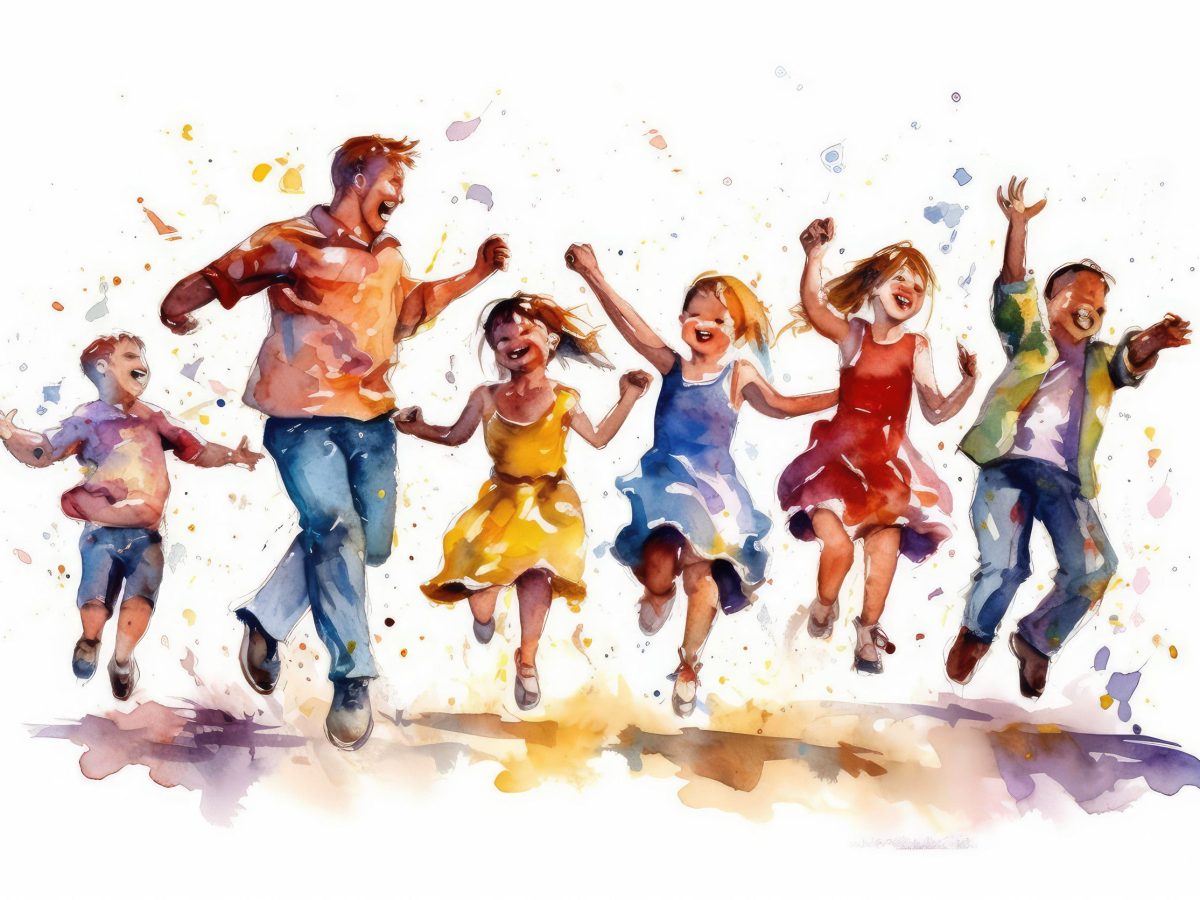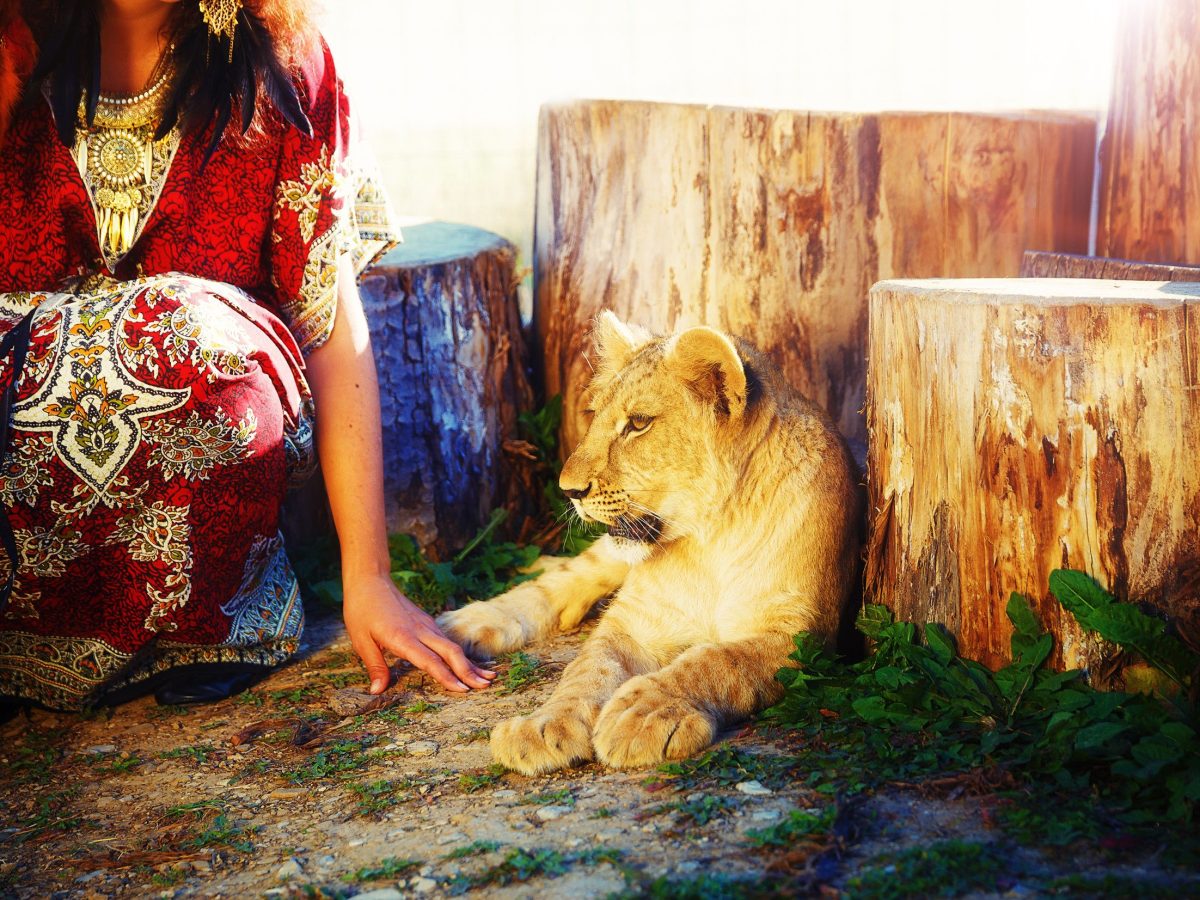How to Manage Tense Moments Between Kids Without Losing Your Cool
When the Tension Builds
You know the sound.
Voices rising.
The thud of a toy being thrown.
A scream.
A dramatic “He did it on purpose!”
Whether it’s between siblings, cousins, classmates, or neighborhood friends, tense moments between kids can rattle even the calmest parent.
These moments often feel like they explode out of nowhere and demand immediate adult intervention, usually right when you’re making dinner or on an important call.
But what if these tense moments weren’t just chaos to clean up…
What if they were teachable opportunities in disguise?
So it’s best to learn how to respond (not just react) to those emotionally charged moments between children.
Backed by research in child development and emotional regulation, we’ll offer simple tools to manage tension, build conflict resolution skills, and create a calmer, more connected environment, without relying on punishment or control.
Understand the Science: Conflict Is Developmental
Why Kids Fight
Conflict between children is developmentally normal. It’s not a sign that they’re “bad” or that you’re parenting wrong. In fact, it’s often a signal that your child is still developing essential social-emotional skills like:
- Emotional regulation
- Perspective-taking
- Problem-solving
- Impulse control
According to child psychologist Dr. Ross Greene, “Kids do well if they can.” In other words, tension often arises not from defiance, but from a skills gap.
Studies from the Center on the Developing Child at Harvard emphasize that social conflict helps children develop executive function, provided they have a safe, supportive adult nearby to guide, not control, the resolution process.
Your Calm Nervous System Is the Real First Responder
When kids are clashing, your job isn’t to immediately pick a side, assign blame, or hand out consequences. Your first job is this:
Regulate yourself.
Children co-regulate through the adults around them. If your voice rises, theirs will too. If your body tenses, so will theirs. But if you stay grounded, they feel safer, and safer kids think more clearly.
Actionable Tips
- Breathe before you speak: A full inhale and long exhale helps your nervous system stay online.
- Speak slower and softer: This lowers the emotional temperature of the room.
- Physically lower your body: Kneel or sit so you’re eye-level with the children. This signals safety and collaboration.
Become the Curious Coach, Not the Harsh Referee
In tense moments, it’s tempting to play judge:
“Who started it?”
“What happened this time?”
“Go to your room!”
But this often fuels the power struggle. Instead, be a curious coach who helps children uncover the real problem, and how to repair it.
Dr. Dan Siegel and Dr. Tina Payne Bryson, authors of No-Drama Discipline, emphasize that connection must come before correction. Only once children feel seen can they truly reflect and learn.
Actionable Tips
- Start with empathy: “Looks like both of you are feeling upset. I’m here to help us work through this.”
- Invite storytelling, not blame: “Tell me what happened from your point of view.” Listen to each child separately if needed.
- Ask what they need: “Are you needing space, or help solving this together?”
Name Feelings, Then Frame the Behavior
When tension is high, children are often flooded with big emotions, anger, shame, fear, jealousy, but don’t yet have the tools to identify or manage them.
That’s where you come in.
Naming the feeling gives the brain a chance to calm down. Framing the behavior helps them separate their emotions from their actions, an essential step in self-regulation.
Example:
- “You’re feeling angry because your sister took the last cookie. It’s okay to feel mad, but it’s not okay to hit.”
Actionable Tips
- Use visual tools: Emotion charts or storybooks can help kids put words to their feelings.
- Practice “safe words” for frustration: Kids can say “red light” or “pause” to signal when things are getting tense.
Shift from Punishment to Problem-Solving
Tension between kids is often treated like a crime scene, but when we approach it as a learning opportunity, kids develop real-life tools for emotional intelligence.
Instead of:
“Apologize right now or you’re both grounded.”
Try:
“What could we do differently next time? How can we make this right?”
According to research published in Developmental Psychology, children who are coached through conflict, not punished for it, develop higher emotional awareness and long-term social competence.
Actionable Tips
- Role-play alternate responses: After the moment passes, act out a redo. “What could you say next time instead of grabbing?”
- Create a “peace corner”: A cozy space with sensory tools and feeling books where kids can go to calm down and think.
- Make repair part of the culture: Encourage meaningful reconnection, like drawing a picture for the hurt child, helping clean up, or writing a simple note.
Teach “Conflict Literacy” Over Time
Managing tense moments isn’t just about stopping fights, it’s about slowly building a child’s ability to understand and navigate conflict.
Just like reading or math, conflict resolution is a skill set that grows with modeling, practice, and feedback.
What This Looks Like
- Use social stories: “What could Maya do if her brother takes her toy next time?”
- Point it out when they succeed: “You used words instead of yelling. That showed a lot of self-control.”
- Debrief later: Once everyone is calm, revisit the moment. “Remember earlier? What was happening inside your body when that started?”
Prioritize Repair and Reconnection
Even when you respond well, kids will still hurt each other sometimes. That’s okay. What matters most is repair, the act of reconnecting and making amends.
Kids who learn to repair after conflict grow up with stronger relationships, greater empathy, and higher resilience.
Actionable Tips
- Don’t force apologies: Focus on authenticity. Instead, say, “Is there something you’d like to do to help them feel better?”
- Celebrate reconnection: Highlight when they return to play together, share, or offer help.
- Model your own repair: “I got frustrated and raised my voice. I’m sorry. I’ll try to pause next time.”
Every Tense Moment Is a Chance to Grow
When children argue, fight, or lash out, they’re not just misbehaving, they’re inviting your help to learn something new: how to name their emotions, stand up for themselves kindly, and navigate the messy but meaningful work of being in relationship.
By staying calm, coaching through conflict, and creating space for reflection and repair, you’re not just ending the argument, you’re planting seeds for deeper connection and lifelong emotional tools.
So next time the tension starts to rise, take a deep breath.
You’re not just breaking up a fight.
You’re building future humans who know how to face conflict with empathy, honesty, and care.
Let us know your thoughts in the comments!
Love, joy, and respect to you, always!




